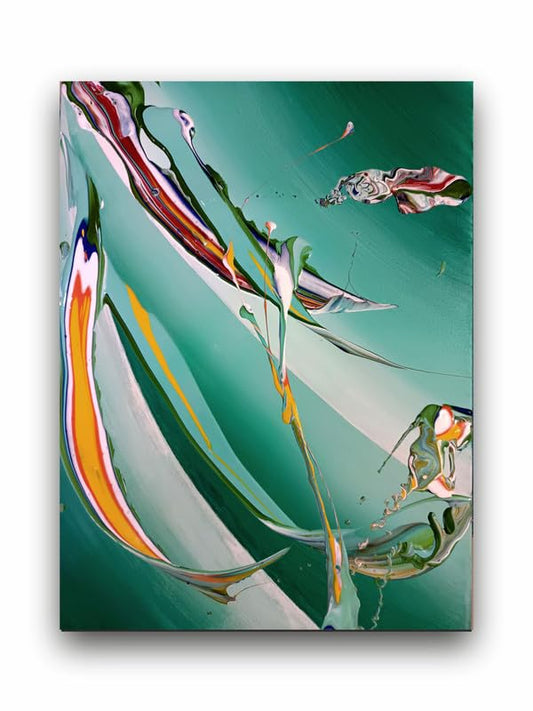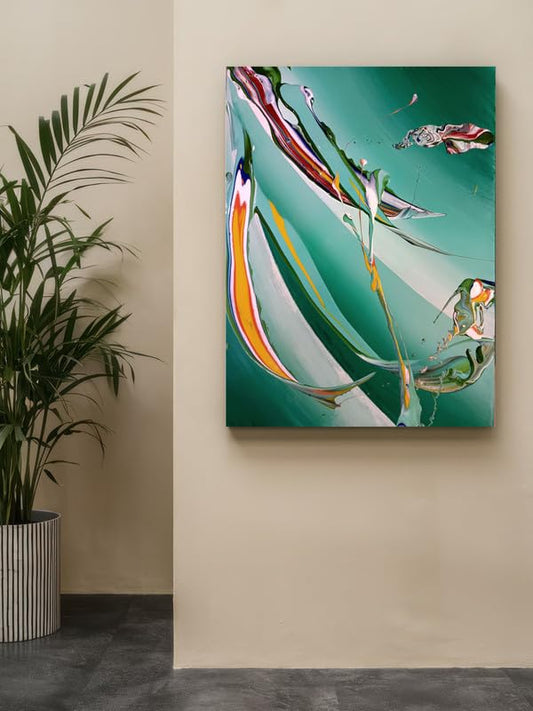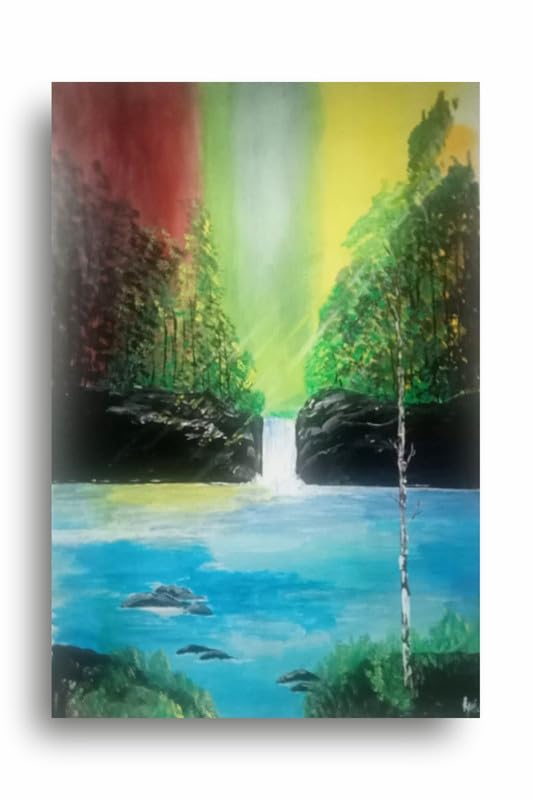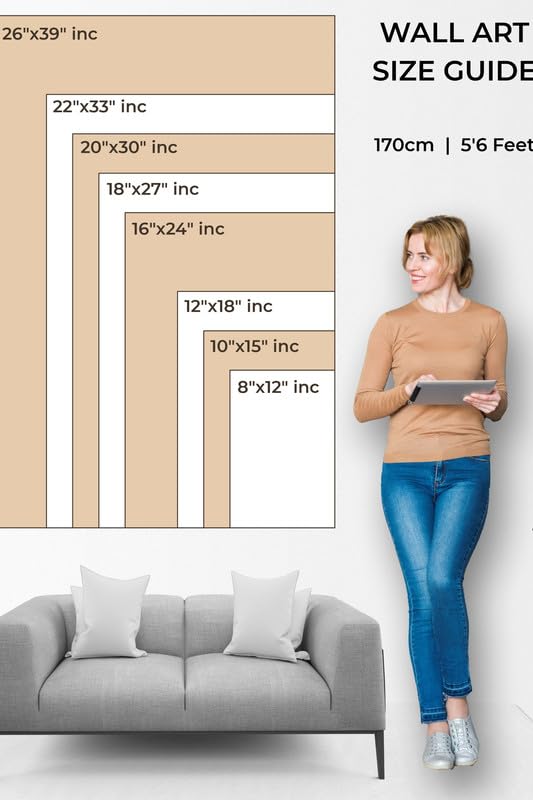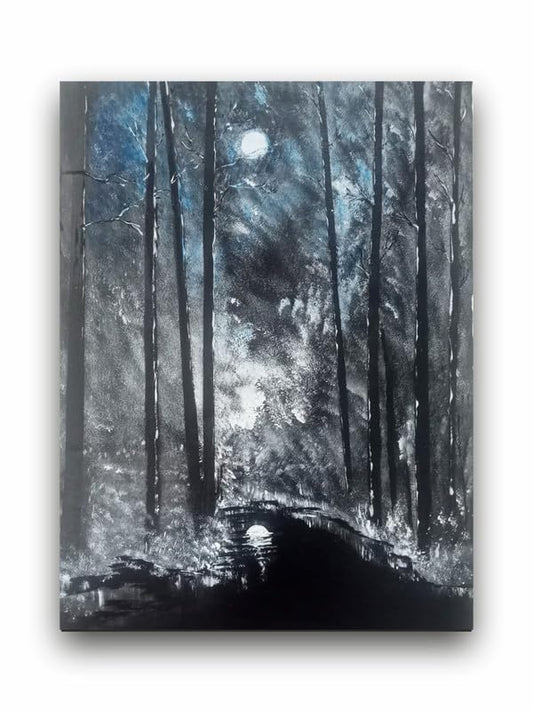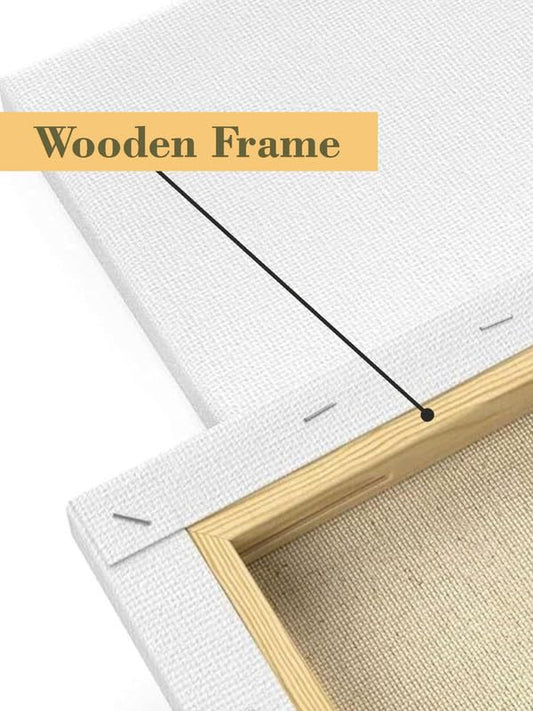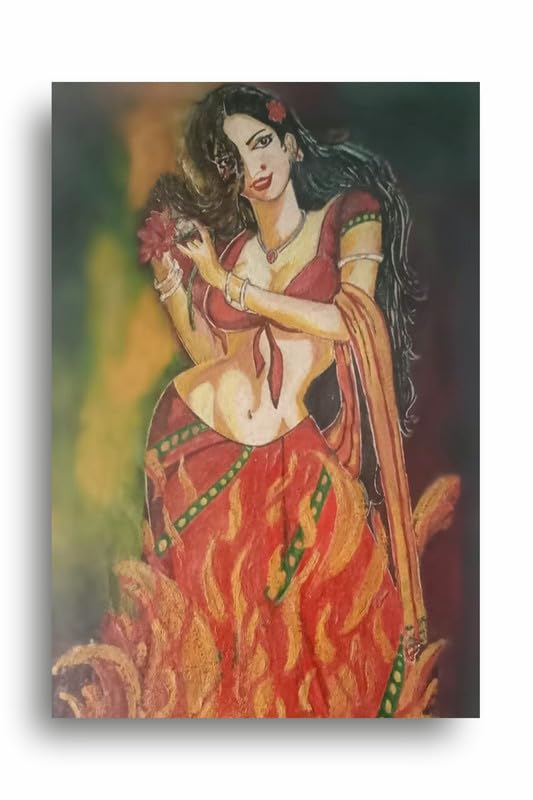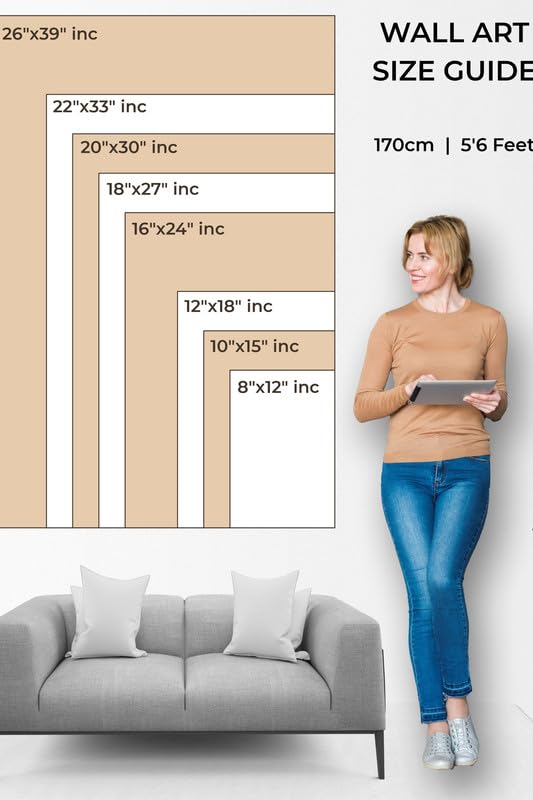Exploring Symbolism in Abstract Art: Meanings Behind the Shapes
Abstract art has captivated its audience over a century. It is not because of the realistic way of the world, but with the emotional and mental dimensions. Abstract art transcends aesthetic elements in many cases where shapes are used. Indeed, shapes in abstract art have symbolic meanings and open a meaning beyond what is in the surface.
The Power of Shapes in Abstract Art
Abstract shapes are what create and give birth to the steps of an artist's expression. Geometrical shapes, like circles, squares, triangles, and organic shapes wherein boundaries are broken, can have a hidden meaning. These forms are utilized in giving ideals and emotions that can not be easily told through real life images.
One of the most frequent usages of circles in a symbolic sense is unity, infinity, and even wholeness. A circle has all the features of continuity-of-line which creates an impression that it is flowing in an uninterrupted manner. This can be taken to mean it is completeness or even cyclical nature of life. Wassily Kandinsky, again often considered the grandfather of abstract art, uses circles pretty frequently to represent this kind of spiritual harmony within his work.
Squares and rectangles often indicate stability, order, and structure. Clear edges and regularity carry the connotation of confinement or constraint, leading to interpretation as something more grounded or stiffly rigid. However, when twisted or placed in a random pattern, these forms may represent tension or conflict.
Triangles are perhaps among the most dramatic forms in abstract art. With sharp edges, triangles denote movement, tension, and strength. In many cultures around the world, the triangle is identified with stability and energy-energy which the mind, body, and spirit unite against. But what about a reversed triangle? This can embody turbulence, for instance, or exposed vulnerability with its direction and makeup.
Organic Forms: A Fluid Meaning
Organic shapes, that is, irregular and free-flowing, invite even more personal interpretation. Often mimicking the unpredictability of nature, a tendency of growth, fluidity, and movement, the organic forms used by artists like Joan Miró and Jean Arp create compositions that evoke emotional reactions. This means viewers must derive personal meaning from a work of art.
Role of color and composition
Indeed, it is often in the abstract art that the meaning of the shapes is intensified by their color and their placement in the composition. If there is a red circle, feelings of passion or anger are assumed by it. A blue circle would normally indicate serenity. In the same way, interaction of shapes may bring a relationship between ideas. Overlapping ones might imply being connected; isolated shapes could symbolize loneliness or separation.
Interpretation: The Viewer's Perspective
Abstract art is to such an extent interesting because its meaning is not often set. Artists may intend to express a certain meaning, but a viewer can only interpret what they see through their own experiences, emotions, and thoughts. A shape that harmonizes with someone's perception may mean something entirely different to another person, according to how they perceive the art and what it says.
Conclusion
In abstract art, shapes are much more than mere aesthetic choices. Instead, each one contains some deep, often hidden meaning. Consider the circle, which emphasizes unity; triangles, which denote power; and so on. Shapes present the viewer with a chance to explore the symbols of an artwork on his or her own and sometimes connect personally with the forms that are abstracted in ways the artist probably never imagined. Whether it is deliberate or unconscious, the shapes in an abstract paint make for an opportunity for a very rich dialogue between the artist and the viewer, making every work of art different.
Exploring Symbolism in Abstract Art: Meanings Behind the Shapes


